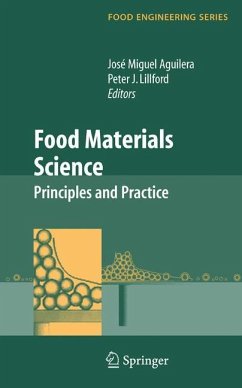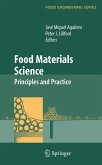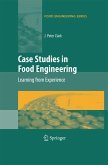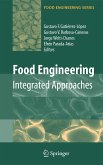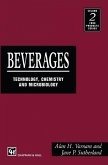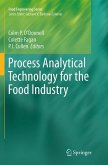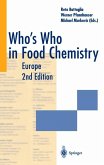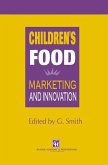Food Materials Science provides the science behind structuring processes for foods and applications in food product design. The first in its field, the book is an invaluable reference.
The creation of added value from raw food materials is a legitimate aspiration of the modern food industry. Adding value to foods requires knowledge of what the consumer wants and creating products that satisfy the demand. Quality, convenience and safety are the major drivers of the modern food industry.
Food manufacture is about producing billions of units of standardized products which must be cheap, nutritious, safe and appealing to the consumer's taste. Food products are complex multicomponent and structured edible materials that nevertheless must comply with the laws of physics and fundamentals of engineering sciences. In the last 20 years the design of food products with specific functionalities has advanced significantly by the application of scientific knowledge from disciplines such as polymer physics, colloidal and mesoscopic physics, materials science and new imaging and probing techniques borrowed from chemistry, biology and medicine. Our knowledge of the relationship between microstructure, processing, and macroscopic properties continues to increase as the science of food materials advances at a fast pace.
This book is intended to those interested in viewing food technology as a way to preserve, transform and create structures in foods and the related materials science aspects of it. It attempts to present a unified vision of what today is considered to be food materials science and some derived applications. The book may be used as a text in a course in food materials science at the senior or graduate level or as a supplement text in an advanced food technology course. It will also serve as a reference book for professionals in the food industry.
The creation of added value from raw food materials is a legitimate aspiration of the modern food industry. Adding value to foods requires knowledge of what the consumer wants and creating products that satisfy the demand. Quality, convenience and safety are the major drivers of the modern food industry.
Food manufacture is about producing billions of units of standardized products which must be cheap, nutritious, safe and appealing to the consumer's taste. Food products are complex multicomponent and structured edible materials that nevertheless must comply with the laws of physics and fundamentals of engineering sciences. In the last 20 years the design of food products with specific functionalities has advanced significantly by the application of scientific knowledge from disciplines such as polymer physics, colloidal and mesoscopic physics, materials science and new imaging and probing techniques borrowed from chemistry, biology and medicine. Our knowledge of the relationship between microstructure, processing, and macroscopic properties continues to increase as the science of food materials advances at a fast pace.
This book is intended to those interested in viewing food technology as a way to preserve, transform and create structures in foods and the related materials science aspects of it. It attempts to present a unified vision of what today is considered to be food materials science and some derived applications. The book may be used as a text in a course in food materials science at the senior or graduate level or as a supplement text in an advanced food technology course. It will also serve as a reference book for professionals in the food industry.
Aus den Rezensionen:
"Bereits in ihrem Vorwort definieren die ... Herausgeber ganz klar, mit welcher Zielstellung sie an die Gestaltung des vorliegenden Buches herangegangen sind ... Trotz der großen Zahl der beteiligten Autoren und der naturgemäß kapitelübergreifenden Inhalte ist es den Herausgebern gelungen, Redundanzen auf einem erfreulich niedrigen Niveau zu halten. Obzwar sich die einzelnen Kapitel bezüglich Aufbau und Grafischer Ausgestaltung deutlich unterscheiden, kann das Werk ... uneingeschränkt allen empfohlen werden, die sich in irgendeiner Form intensiver mit physikalischen Eigenschaften von Lebensmitteln auseinandersetzen oder dies wollen." -- Prof. Dr. Harald Rohm, in: Lebensmitteltechnik, 2008, Vol. 40, Issue 11, S. 78
"Bereits in ihrem Vorwort definieren die ... Herausgeber ganz klar, mit welcher Zielstellung sie an die Gestaltung des vorliegenden Buches herangegangen sind ... Trotz der großen Zahl der beteiligten Autoren und der naturgemäß kapitelübergreifenden Inhalte ist es den Herausgebern gelungen, Redundanzen auf einem erfreulich niedrigen Niveau zu halten. Obzwar sich die einzelnen Kapitel bezüglich Aufbau und Grafischer Ausgestaltung deutlich unterscheiden, kann das Werk ... uneingeschränkt allen empfohlen werden, die sich in irgendeiner Form intensiver mit physikalischen Eigenschaften von Lebensmitteln auseinandersetzen oder dies wollen." -- Prof. Dr. Harald Rohm, in: Lebensmitteltechnik, 2008, Vol. 40, Issue 11, S. 78

